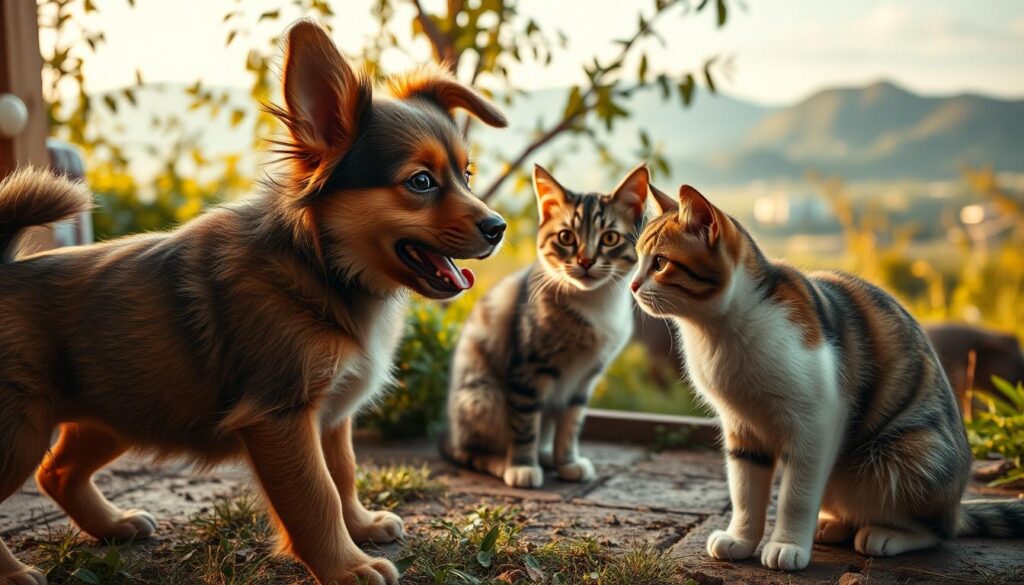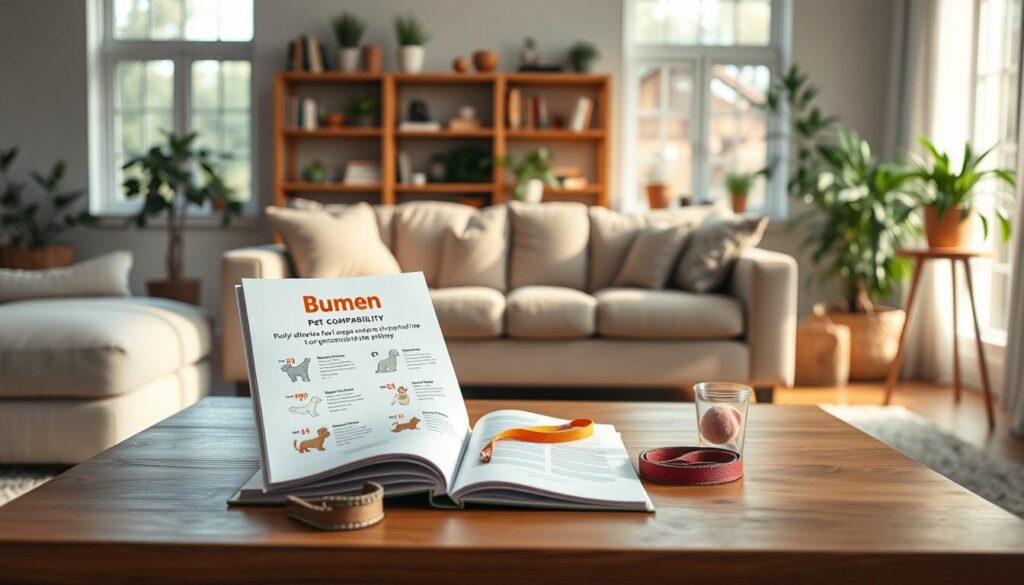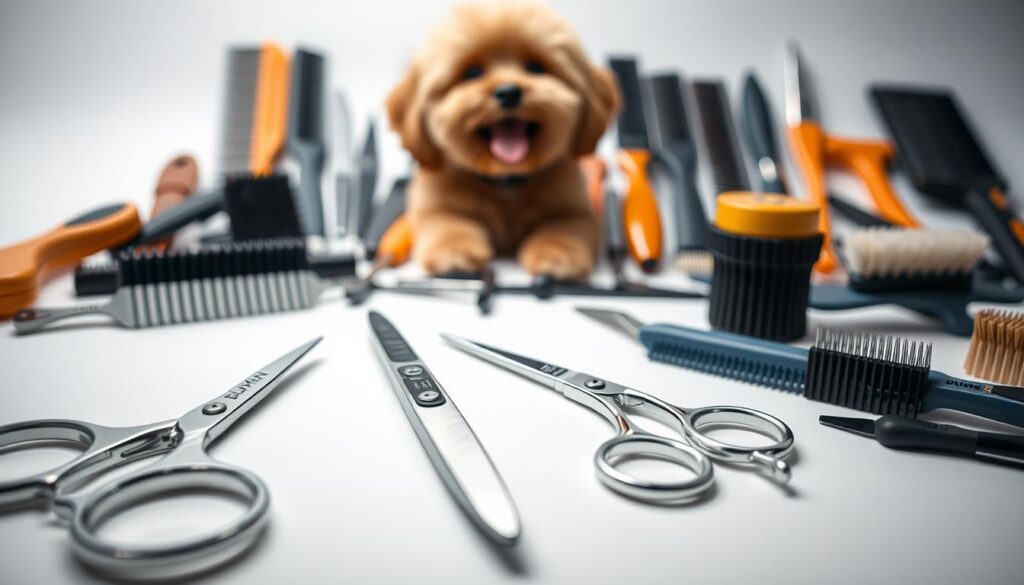Adopting a pet is a big decision. But have you thought about making sure it’s the right choice for you and your new friend? This guide will help you understand everything from getting your home ready to the emotional and practical steps. You’ll see why a pet adoption checklist is essential for a smooth transition.
Millions of animals are waiting for a forever home. But how do you choose the right one? This article will show you the important factors beyond the first cuddles. These include lifestyle, money, and the benefits of adopting a rescue. Let’s ask a key question: Are you ready for this journey?
Key Takeaways
- A pet adoption checklist ensures you’re prepared for medical, space, and lifestyle needs.
- Adoption saves lives while giving unique benefits over buying from breeders.
- Understanding the adoption process is key to success.
- Evaluating your home’s safety and your family’s schedule helps find the perfect match.
- Long-term care costs and emotional bonds make adoption a commitment worth exploring.
The Benefits of Welcoming a Rescue Animal Into Your Home
Adopting a pet is more than just adding a new family member. It’s a chance to make a big difference. Every time you welcome a rescue animal, you’re changing lives in ways you might not see right away. Here’s how adopting a rescue pet can transform lives in unexpected ways.
How Adoption Saves Lives Beyond Your New Companion
Shelters are often overcrowded, and each adoption helps. By adopting, you free up space for more animals. This creates a cycle of kindness and compassion.
Your choice also helps lower euthanasia rates. It supports animal welfare systems across the country.
Financial Advantages of Choosing Adoption Over Purchasing
- Adoption fees are usually $100–$500, while buying from breeders can cost over $1,000.
- Adopted pets are often spayed/neutered, vaccinated, and health-checked. This saves you hundreds of dollars.
- Many shelters offer free training or behavior support. This helps your new pet adjust easier.
The Emotional Rewards of Giving a Second Chance
Rescue pets often form strong bonds with their new families. Many owners say their pets are incredibly loyal. It’s as if they know they’ve been given a second chance.
This bond can bring joy and reduce loneliness. It gives you a sense of purpose. Your decision to adopt becomes a story of mutual rescue.
Assessing Your Lifestyle Before Committing to Pet Ownership
Getting a pet is a happy step, but it’s important to match your lifestyle with theirs. Follow these pet adoption tips to make sure you’re ready. First, track your daily routine. Can you set aside time for walks, feeding, and play? Pets love routine, so it’s important to be honest about your schedule.
- Time: Chart your weekly schedule to confirm availability.
- Space: Check rental agreements or yard access for breed-specific needs.
- Costs: Budget for vet visits, food, and grooming.
- Future: Plan how moves, work shifts, or new family members will affect care.
Preparing financially is more than just the adoption fee. Think about yearly vet visits, pet insurance, and emergency funds. Shelters can give you an idea of the costs. A pet adoption checklist can help you keep track of these expenses. Also, consider if you’ll need pet-sitting or daycare when you’re away.
Think about the long-term care of your pet. If you’re adopting a puppy, remember the years of training and energy they’ll need. Senior pets might need more vet visits. Every decision should show you’re committed to their long-term health and happiness.
Adopting a Pet: Everything You Need to Know About the Process
The pet adoption process makes sure every animal gets a great home. You can choose from animal shelters or rescue groups. Knowing what to expect helps you prepare.
First, decide between a municipal animal shelter or a breed-specific rescue. Shelters often have lower fees and many breeds. Rescue groups focus on certain animals, providing special care. Both care deeply about the pets, so pick what fits your needs.
Navigating Animal Shelters vs. Rescue Organizations
- Animal shelters have many pets, with fees starting at $50.
- Rescue groups focus on certain breeds or needs, sometimes charging up to $500 for medical care.
Understanding Adoption Applications and Home Visits
Applications ask about your lifestyle and home. Home visits check if you’re ready. Bring references like landlords or vets to support your application.
What to Expect During Meet-and-Greets
Meet-and-greets let you bond with pets and see how they behave. Bring your current pets to check if they get along. Staff will share important health and behavior information to help you decide.
Adoption Fees and Their Benefits
Adoption fees depend on the pet’s age and the organization. These costs usually include:
- Spay/neuter surgeries
- Microchipping
- Vaccinations
- Sometimes initial training or medical treatment
These fees make sure pets are healthy and ready for their new homes.
How to Choose the Right Pet for Your Family
Choosing the right pet is key to a lasting bond. Your lifestyle, home, and family needs are important. They help decide which animal will do well with you. First, think about your daily routines and space to see if they match.
- Active families do well with energetic breeds like huskies or border collies. These pets need lots of exercise and space outside.
- Busy people or those living in apartments might prefer calmer pets like cats, Bulldogs, or older dogs. Look for “low-energy” or “apartment-friendly” in shelter profiles.
Age Matters: Puppies vs. Adults
- Puppies and kittens need lots of time for training and getting used to new places. They’re best for families with kids or those with flexible schedules.
- Adult pets often come already trained from shelters. Their profiles might mention hobbies like agility or being calm.
Special Needs and Senior Pets
Senior pets or those with medical needs offer special bonds. Shelters usually list their care needs upfront, like special diets or mobility aids. Some groups offer support after adoption to help with the transition.
Places like the ASPCA or local rescues have detailed profiles online. Talk to staff about your options. They help match pets to your lifestyle during meet-and-greets. Making a thoughtful choice today can lead to a happy home for years.
Creating a Pet-Friendly Home Environment
Get your home ready to make your new pet feel safe and comfy from the start. These pet adoption tips and a simple pet adoption checklist will turn your home into a cozy sanctuary.
- Safety First: Remove toxic plants (e.g., lilies for cats, sago palms for dogs) and store cleaning products in locked cabinets.
- Electrical Safety: Use cord covers and secure cables to prevent chewing or strangulation risks.
- Comfort Zones: Provide cozy bedding in quiet corners. Cats need vertical spaces like cat trees; dogs benefit from designated rest areas with soft mats.
Make a pet adoption checklist with must-haves like species-specific bedding, food dishes, and toys. For dogs, install secure fencing and microchip collars. Cats need scratching posts and litter boxes in private areas.
Multi-pet homes should have separate feeding zones to avoid competition. Use calming aids like pheromone diffusers for shy pets. Remember to buy items that fit your pet’s age: kittens need smaller litter boxes; senior pets may require orthopedic beds.
Check your checklist before your pet arrives. Making small changes now can prevent stress later. A well-prepared home means a happy, healthy start for all.
Your First Month Together: Adjustment Tips for New Pet Parents
Bringing a new pet home is exciting, but the first month needs patience. Adopting a pet: everything you need to know means understanding this time. It’s all about routines and being consistent.
Start by setting regular times for meals, play, and sleep. This helps build trust and security.
- Follow the 3-3-3 Rule: Many rescues suggest tracking progress at three days, three weeks, and three months. Adjust your expectations at each stage.
- Use positive reinforcement for good behavior. Reward calm moments to teach safety.
Behavioral quirks like fear or house-training issues are common. Pet adoption tips suggest gentle handling. For fear or anxiety, give treats during stressful times. This teaches calmness is rewarded.
- Separation Anxiety: Help pets get used to being alone with safe toys or calming sprays.
- Leash Reactivity: Start with short, positive walks and focus on following commands.
If behaviors like aggression or fear don’t improve, seek help. Look for certified trainers or behaviorists. Choose those who use science-based methods, like IAABC certified professionals. Early help stops small problems from becoming big habits.
The Lifelong Joy of Sharing Your Life With an Adopted Companion
Adopting a pet is more than a short-term choice. It’s the beginning of a lifelong journey filled with rewards. The benefits of adopting a pet go beyond just walks or playtime. Studies show it can lower stress, boost happiness, and even improve your health.
Many owners see their pets as part of the family. They offer comfort during hard times and bring joy to everyday moments. This bond can make your life richer and more fulfilling.
As time goes on, your pet’s gratitude for a loving home grows. Their unique personality adds to your life, creating special stories. While challenges may come, they strengthen your bond.
Regular vet visits and patience keep your pet healthy and happy. These moments become cherished rituals. Adopting a pet also connects you with other pet lovers. Shelters and online groups offer support and events for you and your pet.
Every day with your adopted friend shows the positive impact you’ve made. The benefits of adopting a pet continue to grow, enriching your life with love and purpose. Your home becomes a place of laughter, quiet moments, and pride in making a difference together.









